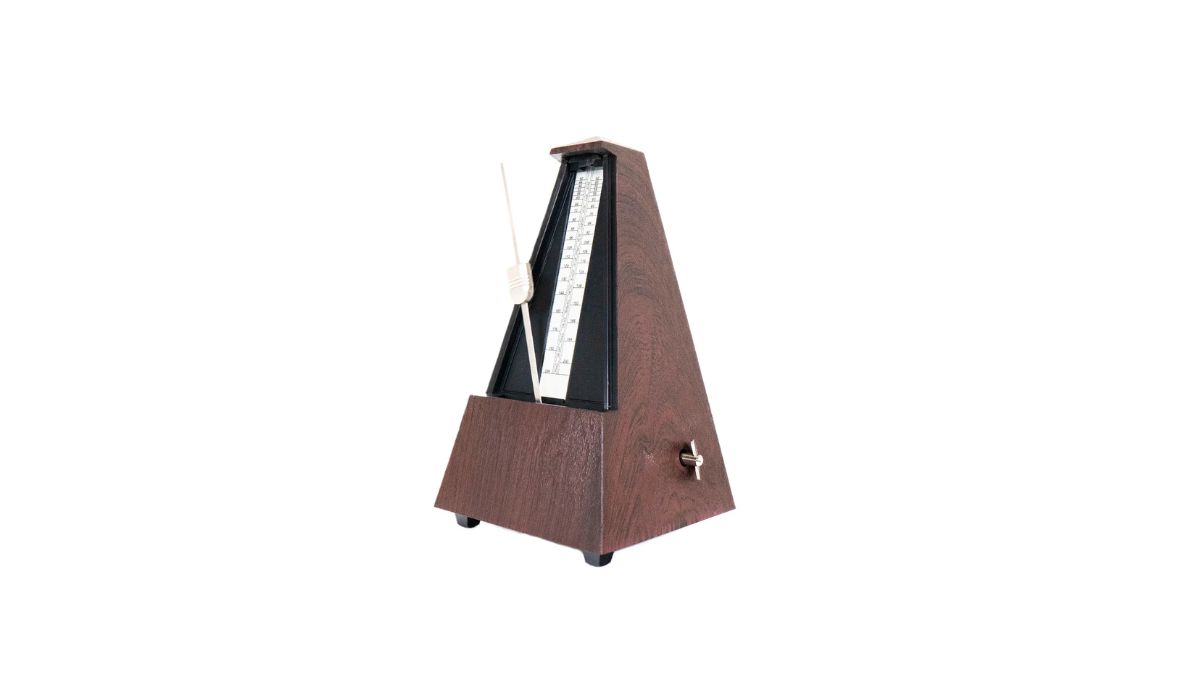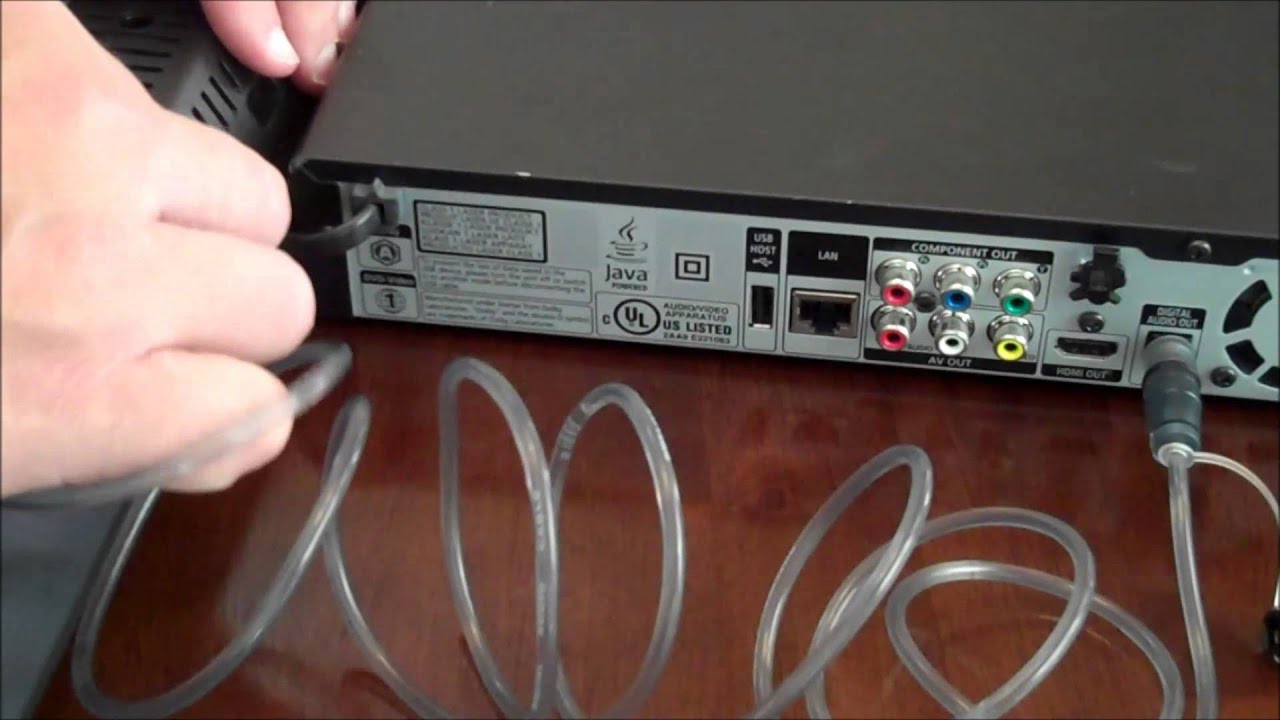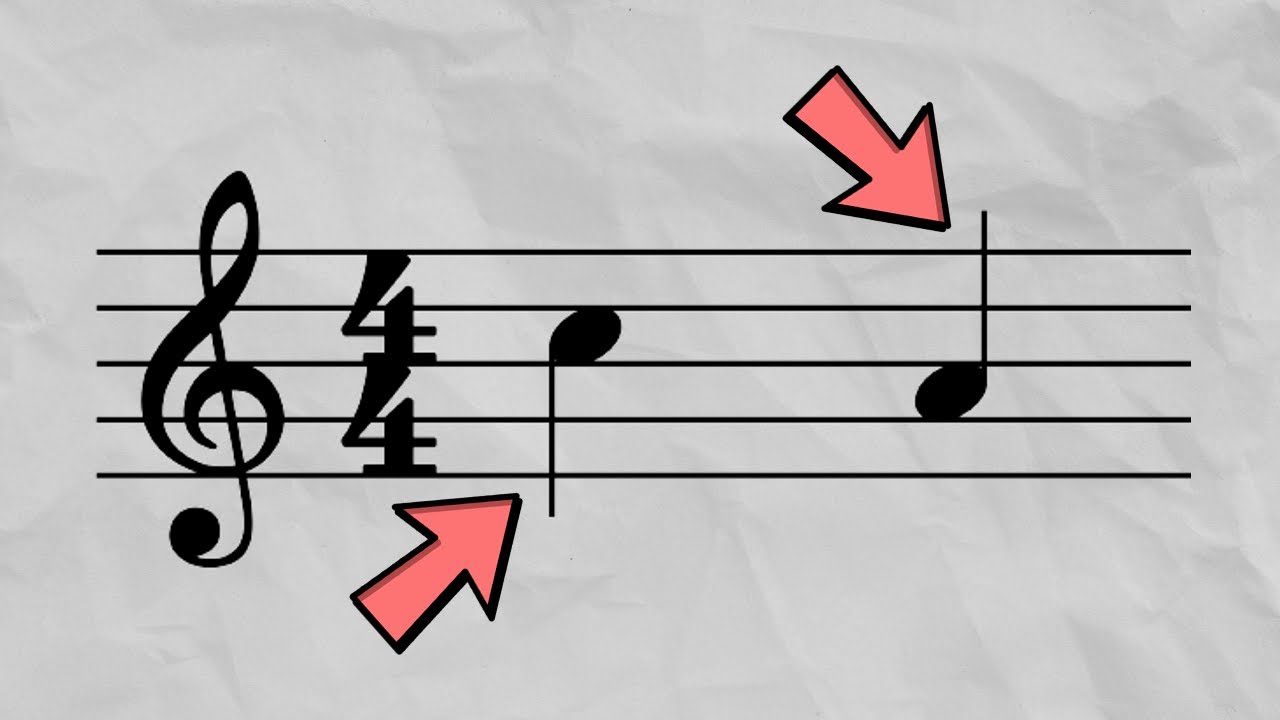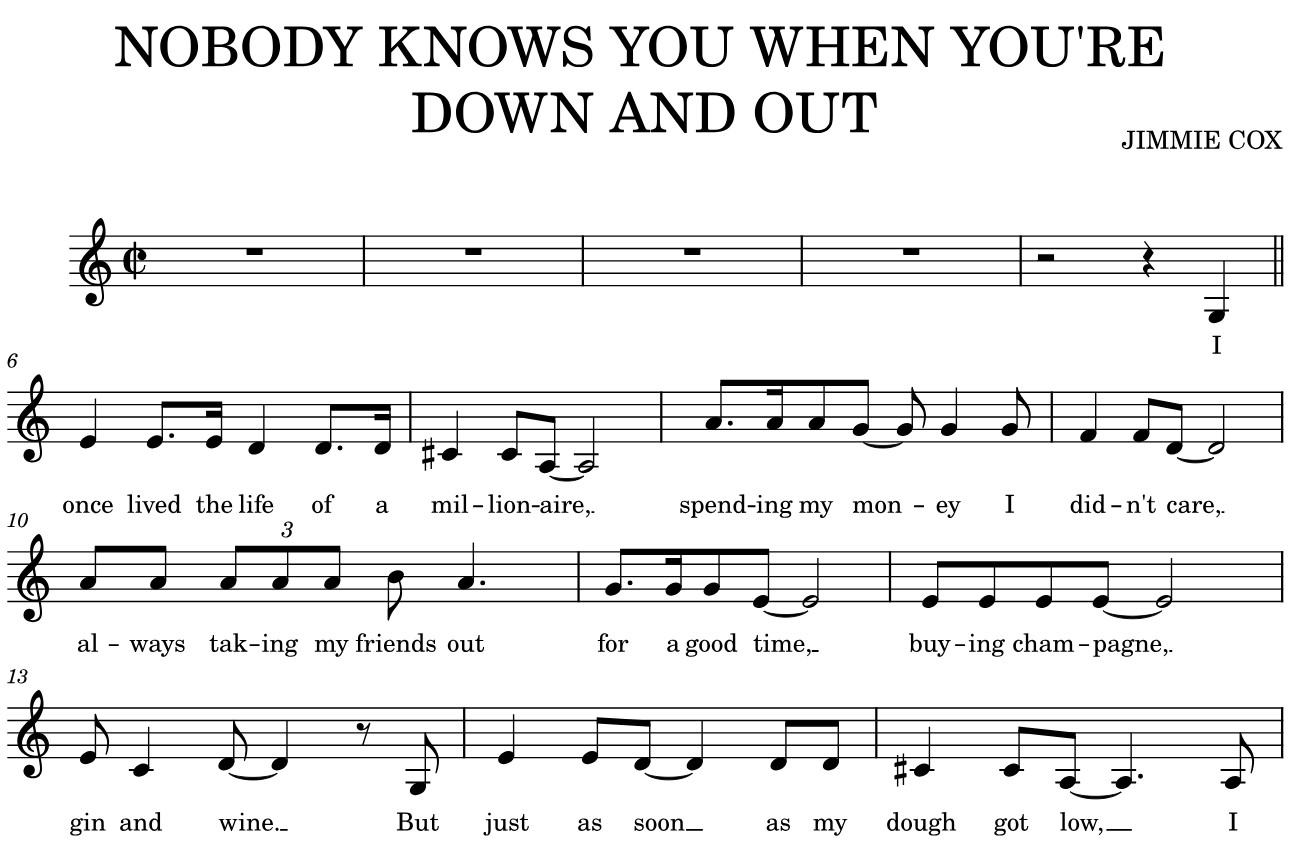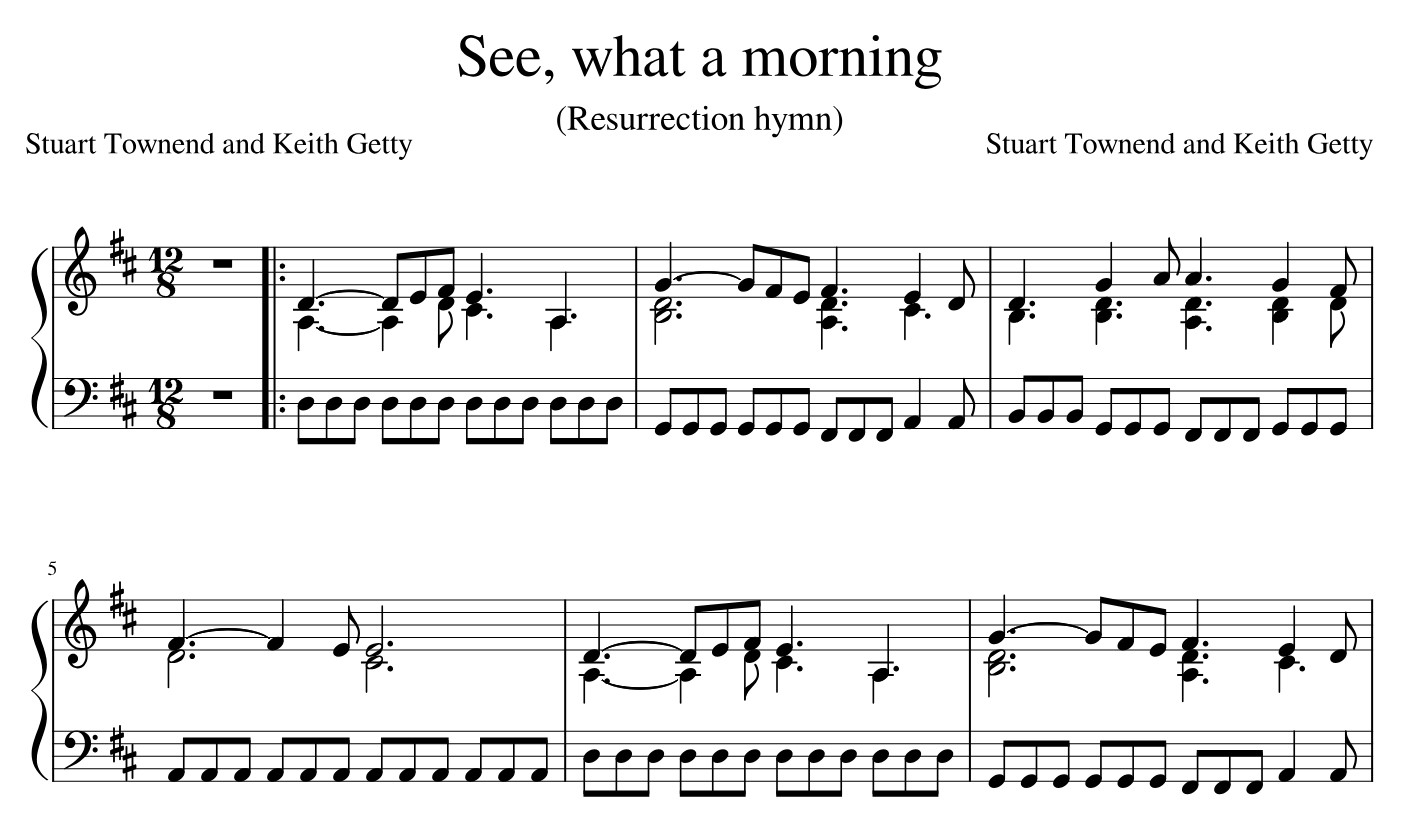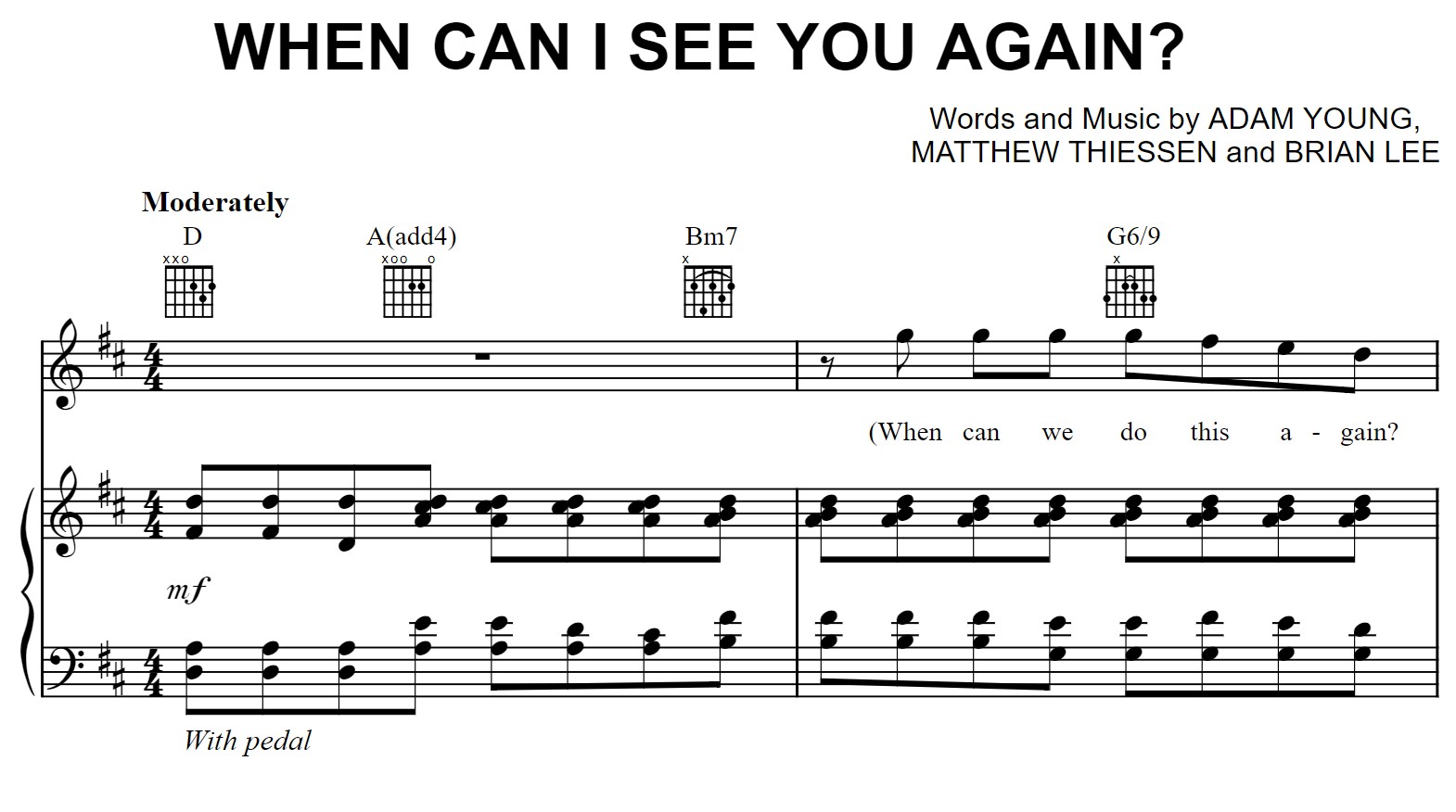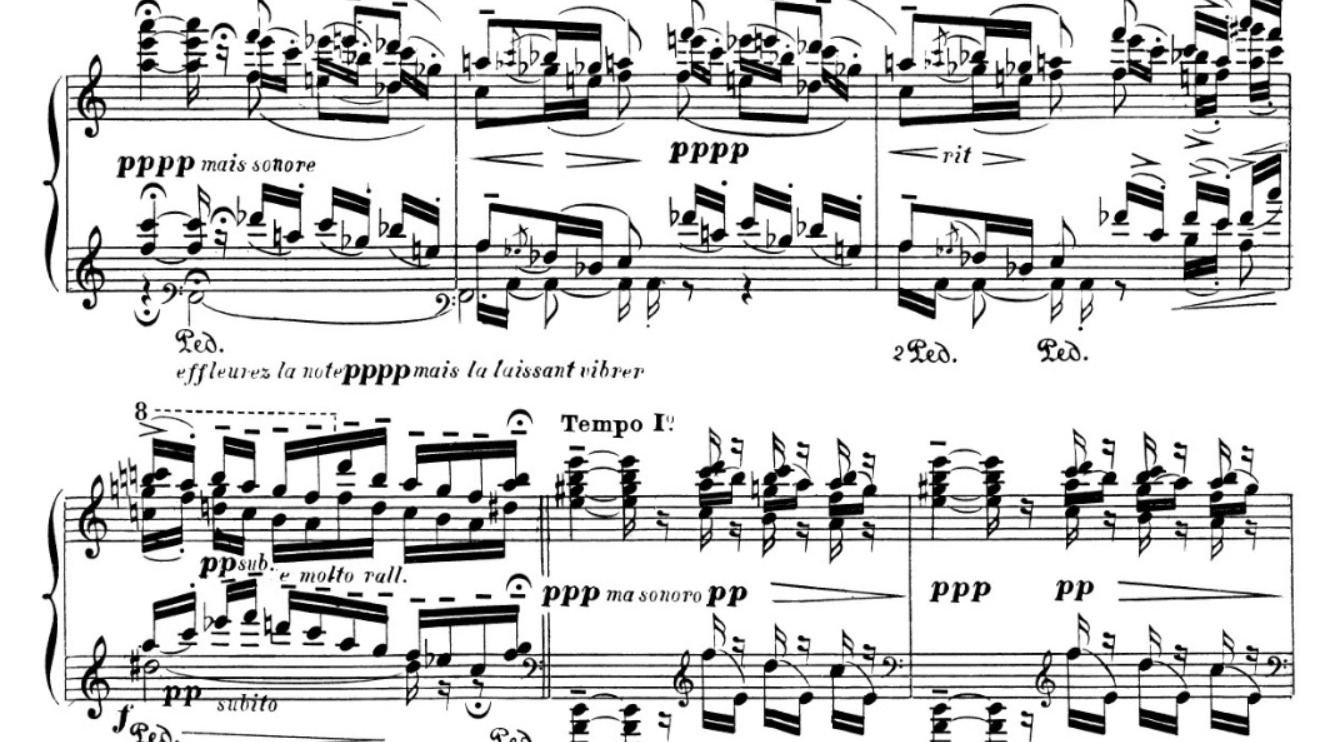Home>Production & Technology>Tempo>What Words Would You See To Speed Up Slow Down And Return To The Original Tempo In Music


Tempo
What Words Would You See To Speed Up Slow Down And Return To The Original Tempo In Music
Modified: January 22, 2024
Looking to speed up, slow down, or return to the original tempo in music? Discover effective techniques to control the tempo and master your musical performance.
(Many of the links in this article redirect to a specific reviewed product. Your purchase of these products through affiliate links helps to generate commission for AudioLover.com, at no extra cost. Learn more)
Table of Contents
Introduction
Music has the incredible power to captivate our emotions and transport us to another world. Its rhythm, melody, and harmony work together to create a unique experience for listeners. One crucial element of music that greatly influences its impact is tempo. Tempo refers to the speed at which a piece of music is played or sung, and it plays a significant role in setting the mood and energy of a composition.
Whether you’re a musician, a music producer, or simply an avid music lover, understanding how to manipulate the tempo of a piece can be a valuable skill. There may be times when you need to slow down the tempo to create a more somber or relaxed atmosphere, or perhaps you want to inject energy and excitement by speeding it up. And of course, there are instances when you want to return to the original tempo after deviating from it for dramatic effect.
In this article, we will explore the words and techniques you can use to speed up, slow down, and return to the original tempo in music. By learning these techniques, you’ll have more control over the emotional impact of the music you create or listen to, allowing you to tailor the experience to your preference or the needs of your audience.
Tempo in Music
Tempo is a fundamental element in music that determines the speed at which a composition is performed. It provides a sense of rhythm and movement, influencing the overall feel and energy of a piece. The tempo can range from very slow and relaxed to fast and frenetic, depending on the desired mood or genre of the music.
In musical notation, tempo is indicated by a specific term or a metronome marking. Common tempo terms include adagio (slow and stately), allegro (fast and lively), and moderato (moderate or moderate-paced). The specific tempo markings can vary between different musical traditions and genres, adding to the rich diversity of musical interpretation.
Understanding the tempo of a piece is crucial for musicians and performers as it provides a framework for how the music should be played or sung. It enables them to synchronize their performance with other musicians and convey the intended emotions and dynamics of the composition.
Tempo can be manipulated to create distinct effects and evoke certain emotions. Slowing down the tempo can create a sense of melancholy, relaxation, or introspection. On the other hand, increasing the tempo can instill excitement, energy, or a sense of urgency.
Manipulating the tempo is a skill that can greatly enhance the interpretive abilities of musicians and producers, allowing them to bring out the full potential of a musical piece. By understanding various techniques and words that can be used to adjust the tempo, musicians can create nuanced performances that resonate with their audience.
Slow Down Tempo
Slowing down the tempo of a piece of music can completely transform its mood and character. It can create a sense of calmness, introspection, or elegance, depending on the context and the desired emotional effect. There are several techniques and words that can be used to effectively slow down the tempo.
One common technique is to use rubato, which allows for subtle variations in the tempo. This technique involves stretching some notes while shortening others, giving the music a more expressive and flexible feel. It adds a sense of freedom to the performance, allowing the musician to shape the music according to their interpretation.
Another method to slow down the tempo is by using ritardando or rallentando. These terms indicate a gradual decrease in tempo, with ritardando suggesting a broad slowing down, and rallentando indicating a more dramatic deceleration. These markings provide clear instructions to the performers, ensuring a smooth transition to a slower tempo.
When it comes to choosing the right words to convey a slower tempo, there are several options. For a gentle deceleration, words like “calmly,” “serenely,” or “placidly” can be used to indicate a peaceful, unhurried pace. On the other hand, words such as “slowly,” “languidly,” or “with restraint” can be employed to emphasize a more deliberate and measured slowing down of the tempo.
It’s important to note that the use of dynamics, such as softer volumes and longer sustain on certain notes, can also contribute to the overall perception of a slower tempo. By carefully combining these techniques and words, musicians can effectively slow down the tempo and create a more serene and introspective atmosphere in their performances.
Words to Use to Slow Down Tempo
When it comes to indicating a slower tempo in music, there are various words and terms that can effectively convey the desired pace and mood. These words not only provide guidance to the performers but also help the listeners understand the intended interpretation of the music. Here are some commonly used words to slow down the tempo:
- Adagio: Derived from the Italian word for “slow,” adagio is a term used to indicate a slow and stately tempo. It suggests a deliberate pace that invites reflection and emotional depth.
- Largo: Meaning “broad” in Italian, largo represents a slow and spacious tempo. It conveys a sense of grandeur and solemnity, often used in dramatic or profound musical compositions.
- Andante: Translated as “walking tempo,” andante signifies a moderately slow pace. It suggests a leisurely and flowing tempo, evoking a sense of grace and serenity.
- Lento: With its literal translation as “slow,” lento signifies a leisurely and unhurried tempo. It is often associated with romantic and introspective music, allowing for deep emotional expressiveness.
- Adagietto: A diminutive of adagio, adagietto signifies a slightly faster tempo than adagio. It still maintains a slow pace but adds a subtle sense of movement and warmth.
These words provide important cues to performers, indicating the desired mood and tempo of the music. Musicians can use these terms as a starting point to interpret the music, adjusting their playing or singing accordingly to achieve the desired effect.
It’s worth noting that tempo indications can be subjective, and different interpretations can yield varying results. The choice of words depends on the composer’s original intent and the performer’s artistic interpretation. Therefore, it is essential to explore different options and experiment with nuances to create a compelling musical experience.
Speed Up Tempo
Speeding up the tempo of a piece of music can inject energy, excitement, and a sense of urgency into the performance. It can create a dynamic and lively atmosphere, driving the music forward and captivating the listeners. There are several techniques and words that can be used to effectively speed up the tempo.
One popular technique is to use accelerando or stringendo. These terms instruct the performers to gradually increase the tempo, adding speed and intensity to the music. Accelerando implies a more steady acceleration, while stringendo suggests a quickening pace with a sense of urgency.
Another method to speed up the tempo is by using vivace, allegro, or presto markings. Vivace represents a lively and brisk tempo, while allegro indicates a fast and cheerful pace. Presto, on the other hand, signifies a very fast and rapid tempo.
Choosing the right words to convey a faster tempo is essential in guiding the performers and capturing the desired energy. For a gradual increase in speed, words like “briskly,” “energetically,” or “with increasing speed” can be used to signify a building momentum. On the other hand, words such as “rapidly,” “furiously,” or “with great urgency” can be employed to indicate a sudden surge in tempo.
In addition to tempo markings and words, the use of dynamics such as sharper attacks, shorter note durations, and increased articulation can also contribute to the overall perception of a faster tempo. By combining these techniques and words effectively, musicians can create a thrilling and vibrant performance that keeps the audience on the edge of their seats.
Words to Use to Speed Up Tempo
When it comes to indicating a faster tempo in music, there are various words and terms that can effectively convey the desired speed and energy. These words not only provide guidance to the performers but also help the listeners understand the intended interpretation of the music. Here are some commonly used words to speed up the tempo:
- Allegro: Derived from the Italian word for “cheerful” or “merry,” allegro is a term used to indicate a fast and lively tempo. It suggests a sense of excitement and joyful energy.
- Presto: Meaning “quick” or “rapid” in Italian, presto represents an extremely fast tempo. It conveys a sense of urgency and intensity, demanding virtuosic skill and precision from the performers.
- Vivace: Translated as “lively” in Italian, vivace signifies a brisk and spirited tempo. It embodies a sense of animated energy and enthusiasm, driving the music forward.
- Agitato: Meaning “agitated” in Italian, agitato suggests a fast and agitated tempo. It conveys a sense of restlessness and tension, evoking excitement and dramatic intensity.
- Con brio: A musical term meaning “with brilliance” in Italian, con brio indicates a lively and spirited tempo. It implies a vibrant and energetic performance, full of enthusiasm and flair.
These words provide important cues to performers, indicating the desired mood and tempo of the music. Musicians can use these terms as a starting point to interpret the music, adjusting their playing or singing accordingly to achieve the desired effect.
It’s worth noting that tempo indications can be subjective, and interpretations can vary. The choice of words depends on the composer’s original intent and the performer’s artistic interpretation. Therefore, it is essential to explore different options and experiment with nuances to create a dynamic and engaging musical experience.
Return to the Original Tempo
Returning to the original tempo after a deviation is a crucial element in musical performances. It provides a sense of resolution and completion, bringing the piece full circle. Whether it’s a dramatic slowdown or a sudden acceleration, knowing how to smoothly transition back to the original tempo is essential for maintaining the flow and coherence of the music.
One technique commonly used to indicate a return to the original tempo is the use of the term “a tempo.” This instruction tells the performers to resume the previous tempo, effectively bringing them back to the original speed and pacing of the music.
In addition to the term “a tempo,” there are other ways to convey a return to the original tempo. Words like “returning,” “back to the original speed,” or “resuming the previous tempo” can be used to provide clarity to the performers and guide them in synchronizing their playing or singing.
It’s important to note that the transition back to the original tempo should be seamless and natural. Performers may need to adjust their dynamics, articulation, and phrasing to ensure a smooth and coherent return to the original speed. This can involve gradually reducing the intensity and modifying the expressive elements used during the deviation.
Understanding the structure and context of the music is crucial when determining the appropriate timing and execution of the return to the original tempo. Careful attention should be given to musical cues and the overall narrative of the piece to ensure a cohesive and satisfying musical experience for both performers and listeners.
By effectively communicating and executing the return to the original tempo, musicians can maintain the integrity of the composition and deliver a performance that is faithful to the composer’s intentions.
Words to Use to Return to the Original Tempo
Returning to the original tempo after a deviation requires clear communication and a seamless transition. In addition to using musical cues and techniques, specific words can be employed to indicate a return to the original tempo. These words help guide the performers and ensure a smooth resumption of the initial pacing and energy of the music.
- A tempo: The term “a tempo” is commonly used to instruct performers to return to the original tempo. It serves as a clear indication to resume the previous speed and pacing, facilitating a seamless transition.
- Back to the original speed: This phrase explicitly communicates to the performers that they should revert to the original tempo of the piece. It ensures a precise return to the initial pacing established by the composer.
- Resuming the previous tempo: By using these words, performers are directed to resume the exact tempo they were playing before any deviation. It provides clarity and assists in synchronizing the ensemble or solo performance.
- Picking up where we left off: This phrase denotes a return to the point in the music where the deviation occurred. It conveys the need to continue from that specific spot and maintains the musical continuity.
- Getting back on track: This expression suggests returning to the original tempo and signifies a renewed focus and commitment to the established pacing of the piece. It implies a recentering and alignment with the intended interpretation.
These words provide vital cues to the performers, signaling the exact moment and method to return to the original tempo. By using these instructions effectively, musicians can maintain the cohesive flow of the music and ensure a seamless transition back to the composer’s intended speed and energy.
It’s important to consider the musical context and the expressive nuances that may have been altered during the deviation. Performers should adjust their dynamics, articulation, and phrasing to blend smoothly into the original tempo, ensuring a coherent and natural progression of the music.
By effectively utilizing these words and techniques, performers can confidently navigate the structure and pacing of a musical piece, providing a satisfying and seamless return to the original tempo.
Conclusion
Understanding how to manipulate the tempo in music is a valuable skill for musicians, producers, and music lovers alike. By mastering the ability to slow down or speed up the tempo, performers can evoke a wide range of emotions and create captivating musical experiences.
Whether you’re looking to create a serene and introspective atmosphere or infuse your music with energy and excitement, there are techniques and words at your disposal to achieve the desired tempo. From using rubato and ritardando to employing terms like adagio and allegro, the possibilities are vast.
The ability to return to the original tempo after a deviation is also crucial for maintaining the coherence and structure of a piece. By employing terms like “a tempo” or using the appropriate words to indicate a seamless transition, performers can ensure a smooth resumption of the intended pacing.
It’s important to remember that tempo indications can be subjective and open to interpretation. The choice of words and techniques may vary depending on the musical style, composer’s intent, and performer’s artistic interpretation. This flexibility allows for individual expression and creative freedom.
Whether you’re a musician seeking to enhance your performances or simply a music lover interested in understanding the intricacies of tempo, exploring and experimenting with different words and techniques is key. By harnessing the power of tempo manipulation, you can elevate your musical experiences and connect with your audience on a deeper level.
In conclusion, tempo is a fundamental aspect of music that greatly influences its impact and emotional resonance. Through the use of techniques and carefully chosen words, musicians have the power to shape the tempo and create an immersive and captivating musical journey.

